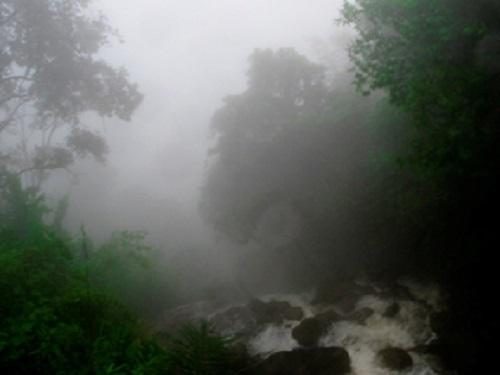Udayan Borthakur
Other projects
29 Jul 2008
Survey and Conservation of Multiple Owl Species in Brahmaputra Valley, Assam, India
This project aims at obtaining baseline information on presence and distribution of Owl species in the protected and unprotected areas of Meghalaya, India. We will also access the potential threat towards Owls and identify the key areas requiring immediate conservation attention.

Brown Hawk Owl. © Udayan Borthakur.
The state of Meghalaya with a total area of 22,429 sq km has a forest cover of 15,678 sq km. Meghalaya has a rich avifaunal diversity, however, no dedicated survey on the presence and distribution of Owls from the area is in record. Clear-felling and conversion of forested land into agricultures directly affects the status of certain habitat specialists, such as forest species. One the other hand, some of the species of Owls can be associated strongly with certain types of agricultural practices, due to the availability of their predominant prey species such as rodents and other pests. Thus, it is necessary to undertake surveys of Owls in this state of high biodiversity value, in order to undertake meaningful conservation efforts.

Study site. © Udayan Borthakur.
As part of this project, we will survey presence and distribution of multiple species of Owls in both protected and unprotected areas of Meghalaya. Survey will be undertaken at various levels of habitat classification, with site distribution across protected area with no human presence, fringe of protected areas with human settlements, unprotected areas with various agricultural practices etc. We will be carrying out direct search on transects, call playback and search for nesting and roosting sites to detect the presence of Owls. Questionnaire survey will be carried out with local communities to supplement the data for presence, nesting, roosting and to evaluate the likely threats to different owl species.
First time information on presence and distribution of multiple Owl species in protected and unprotected areas of Meghalaya generated from our survey will help undertaking detailed survey of population status and species ecology in this region of immense biodiversity values. We also plan to create a positive relation with the local community, during questionnaire survey and interactions, mediated by local volunteers, which in long term will help undertaking any conservation efforts in these areas.